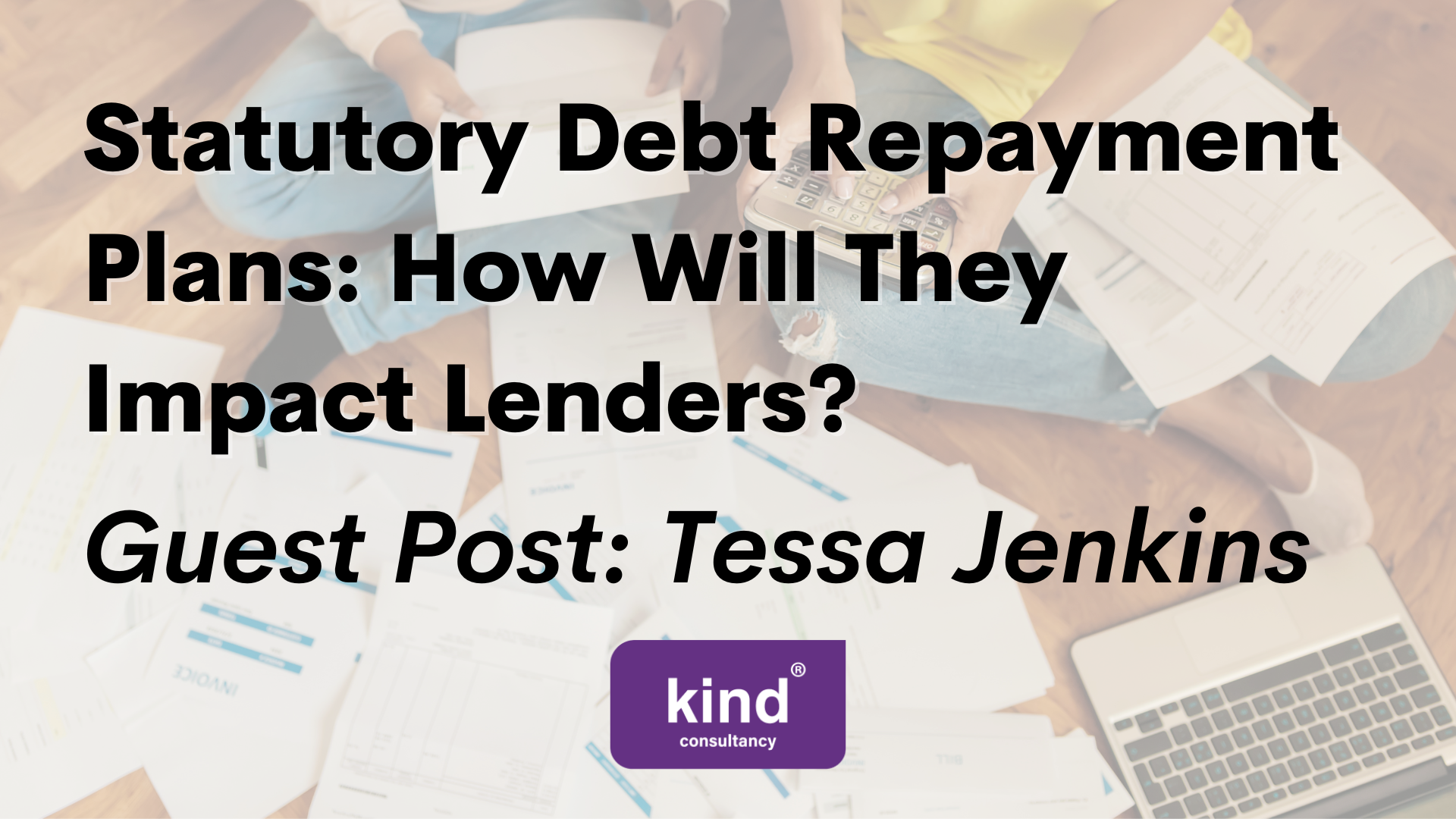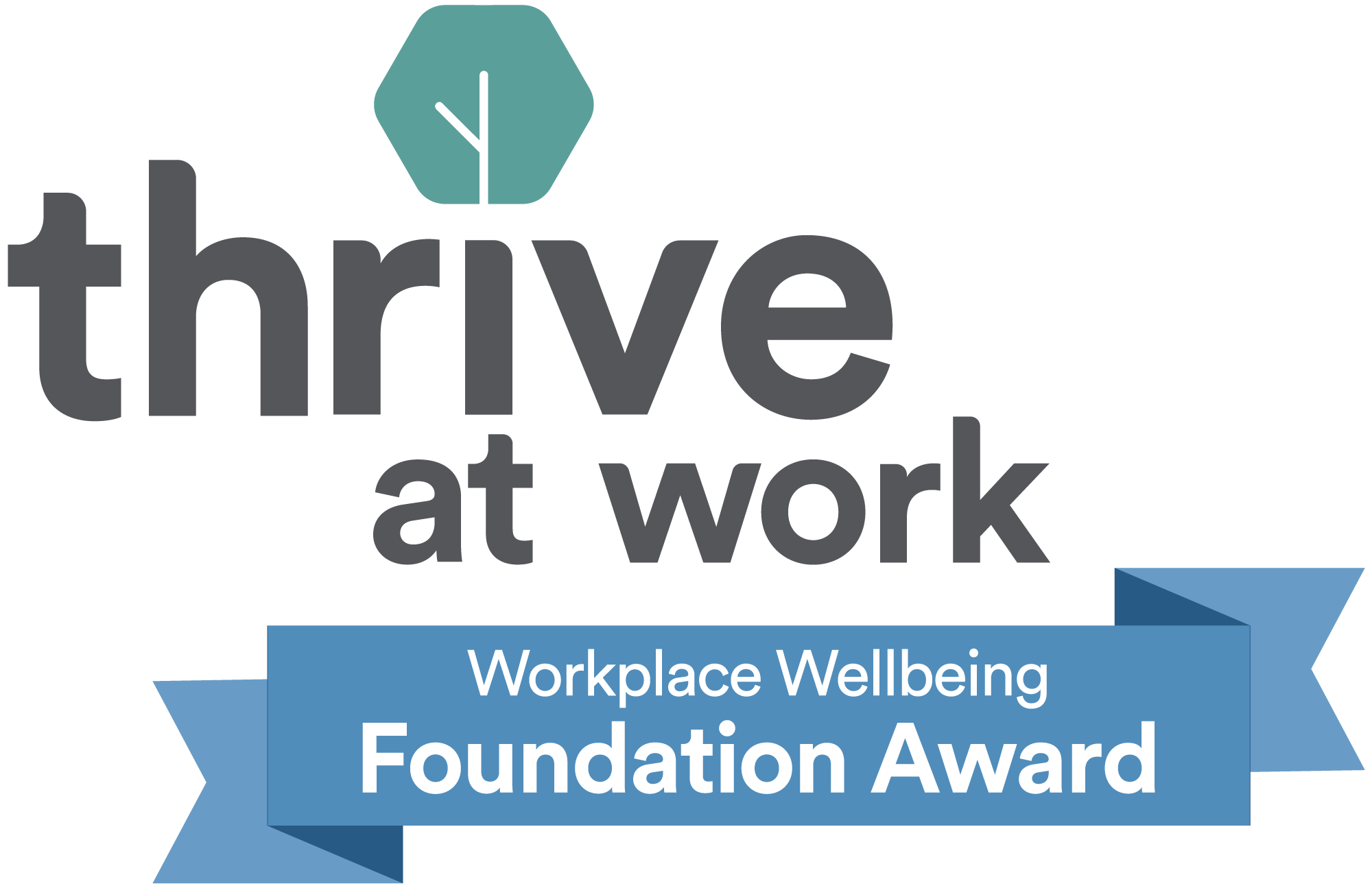Statutory Debt Repayment Plans – How Will They Impact Lenders? – Guest Post
Following on from Breathing Space, SDRPs are the second element of the government’s debt respite scheme, a new debt repayment vehicle consolidating all eligible debt into a single plan
Whilst there are significant implications for all included creditors – not least the overlap of timelines with Consumer Duty – perhaps the most fundamental impacts are for mortgage lenders and their borrowers. The proposals have fundamental implications for the management of secured priority debt, and arguably overlook distinctions between this and other debt types, including mortgage arrears. Unless the debtor chooses to exclude a debt as a “discretionary non-eligible debt”, this will in many cases have significant implications for lender provision of the value-driven outcome-orientated support mandated by Consumer Duty and emphasised in the June Dear CEO letter.
The potential for individuals to yo-yo between an SDRP and lender support – e.g. after a lender has already put a plan in place, or in the event of a failed SDRP, will impact on lender’s ability to offer the expected and good practice support.
A further cause for concern is Joint SDRPs with low entry criteria requiring just one shared (and not necessarily SDRP eligible debt), as are implications in the case of the more complex lending scenarios such as joint borrower sole proprietor.
There are numerous areas of uncertainty and a lack of clarity right now too. The treatment of mortgage arrears interest has been central to much recent discussion with the ambiguity between CP 3.2 which indicates an SDRP will halt interest on included debts, and 5.19 which categorises interest payable on outstanding mortgage principal as an ongoing liability. The treatment of interest on mortgage arrears included in the SDRP and also forming part of the principal is unclear and has wider implications than problem debt
Other areas of concern include affordability assessment of ongoing liabilities, how will this be stress tested to accommodate interest rate rises and wider inflationary pressures? How these will apply at implementation is unknown but it would be shortsighted to ignore this issue
How will debtors utilising Support For Mortgage Interest be assessed for the affordability of ongoing liabilities?
The practicalities of an SDRP and lender support plan running in parallel where a creditor has opted to exclude mortgage arrears from the SDRP.
The examples above are a small, high-level subset that helps to illustrate the significance of these proposals for mortgage lenders.
I encourage all impacted organisations, and in particular mortgage lenders to ensure they have considered the wide-ranging implications for themselves, and their borrowers.
Tessa Jenkins
[Tessa is a highly experienced, expert consultant who is available to consult and act as a Critical Friend on a wide variety of issues including Vulnerable Customers and Consumer Duty. Building from agreed policy frameworks Tessa supports organisations to achieve “applied compliance” developing action-driven and outcome-orientated processes, decision-making frameworks, and communication strategies needed to support their business. If you’re interested in working with Tessa and find out how she can help your organisation, contact Selena Tye on 0121 643 2100 or e-mail selena@kindconsultancy.com]




